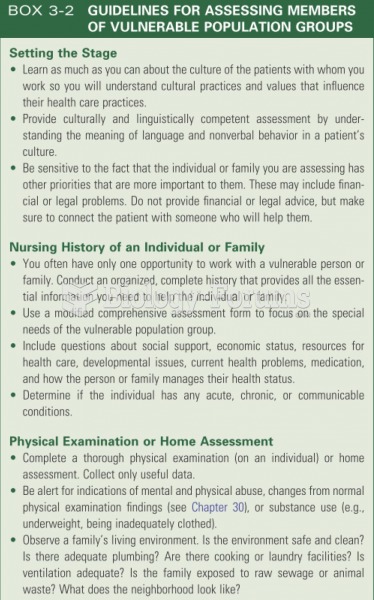|
|
|
Nearly 31 million adults in America have a total cholesterol level that is more than 240 mg per dL.
Multiple experimental evidences have confirmed that at the molecular level, cancer is caused by lesions in cellular DNA.
After a vasectomy, it takes about 12 ejaculations to clear out sperm that were already beyond the blocked area.
Most fungi that pathogenically affect humans live in soil. If a person is not healthy, has an open wound, or is immunocompromised, a fungal infection can be very aggressive.
Certain chemicals, after ingestion, can be converted by the body into cyanide. Most of these chemicals have been removed from the market, but some old nail polish remover, solvents, and plastics manufacturing solutions can contain these substances.







